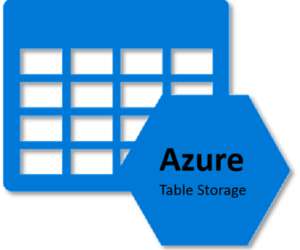97 things every data engineer should know
Grouparoo
OCTOBER 6, 2021
39 How to Prevent a Data Mutiny Key trends: modular architecture, declarative configuration, automated systems 40 Know the Value per Byte of Your Data Check if you are actually using your data 41 Know Your Latencies key questions: how old is data? Increase visibility. how fast are queries? how many concurrent queries can we handle?












Let's personalize your content